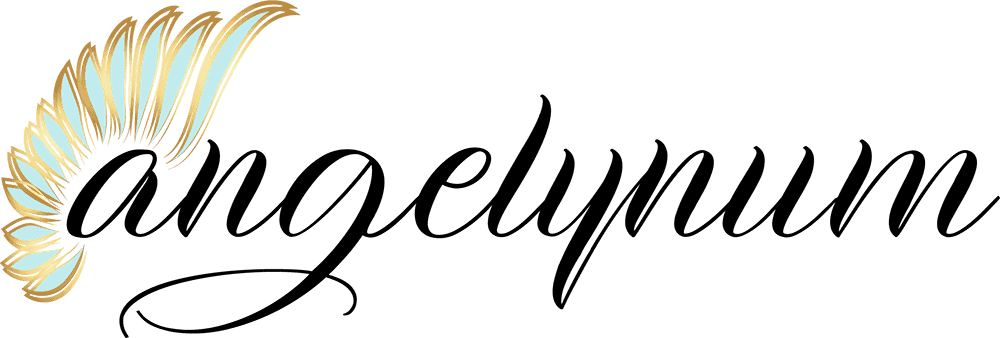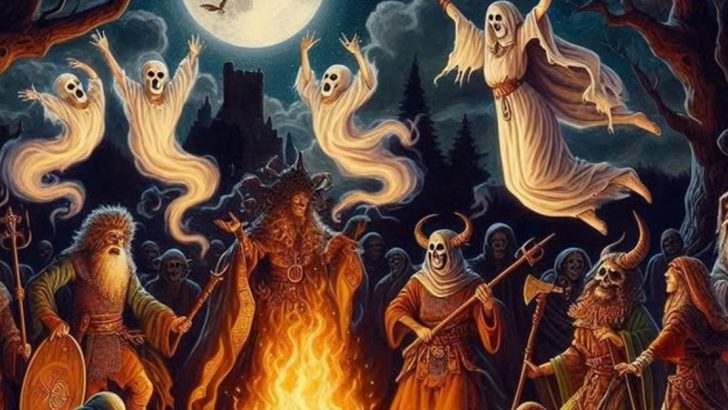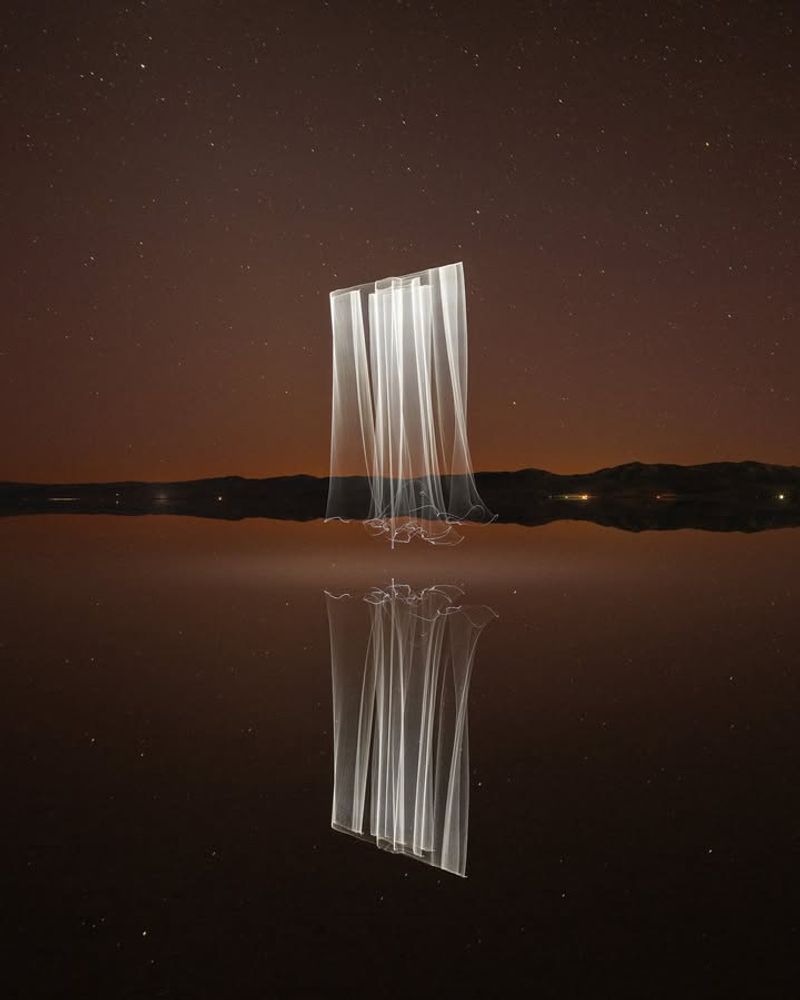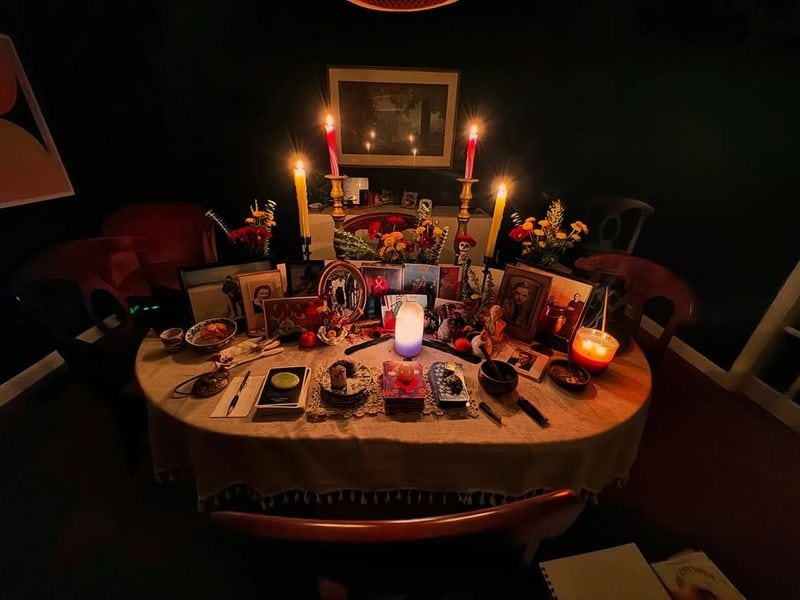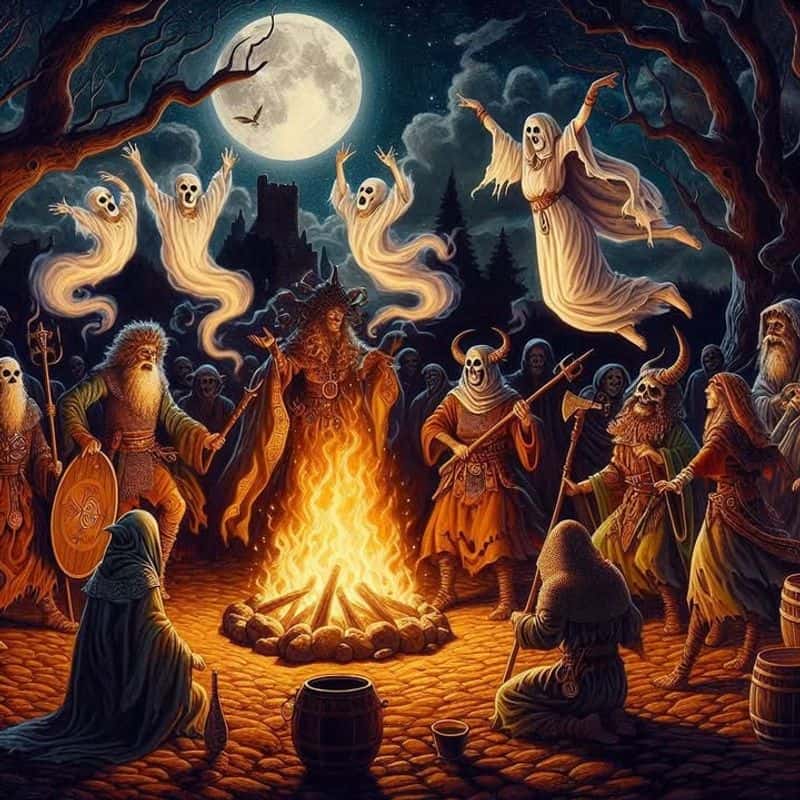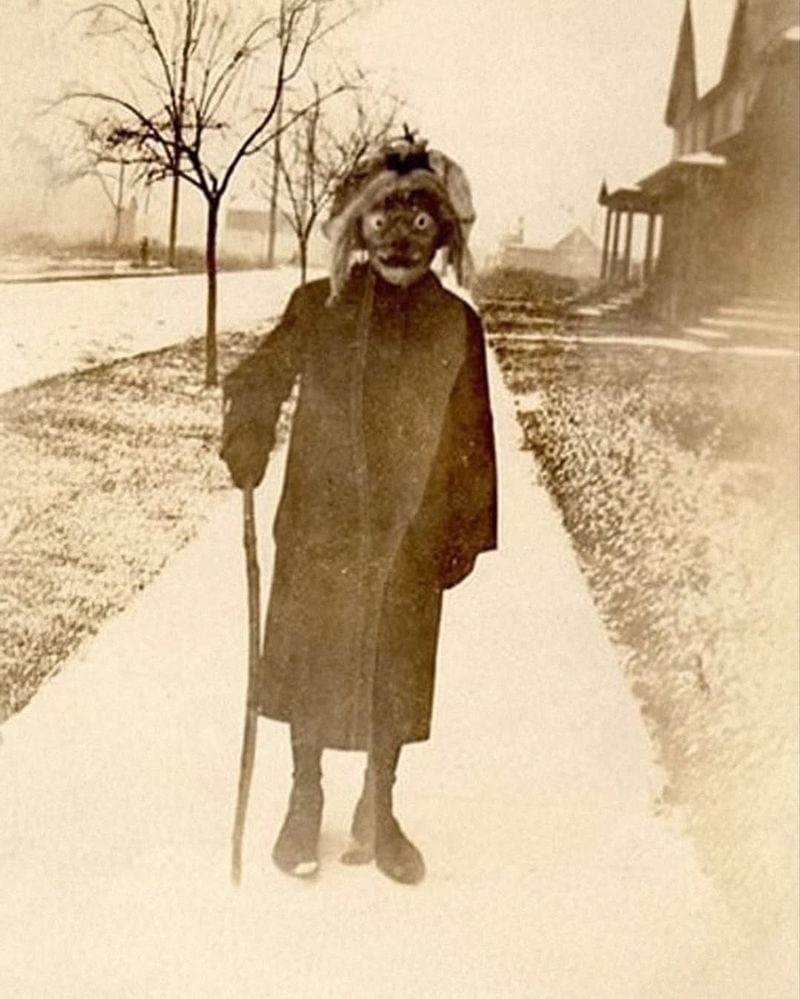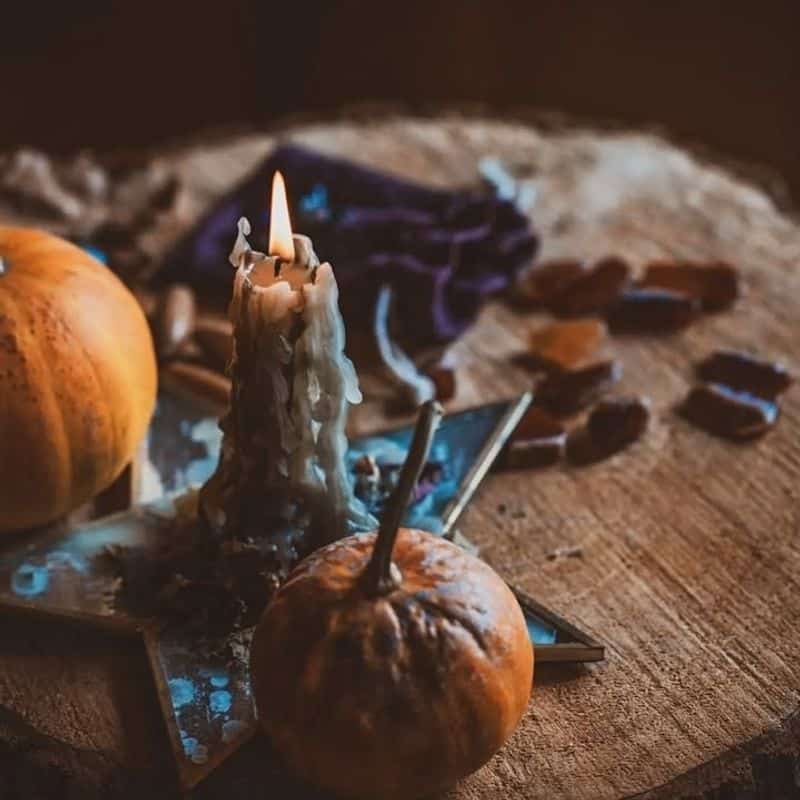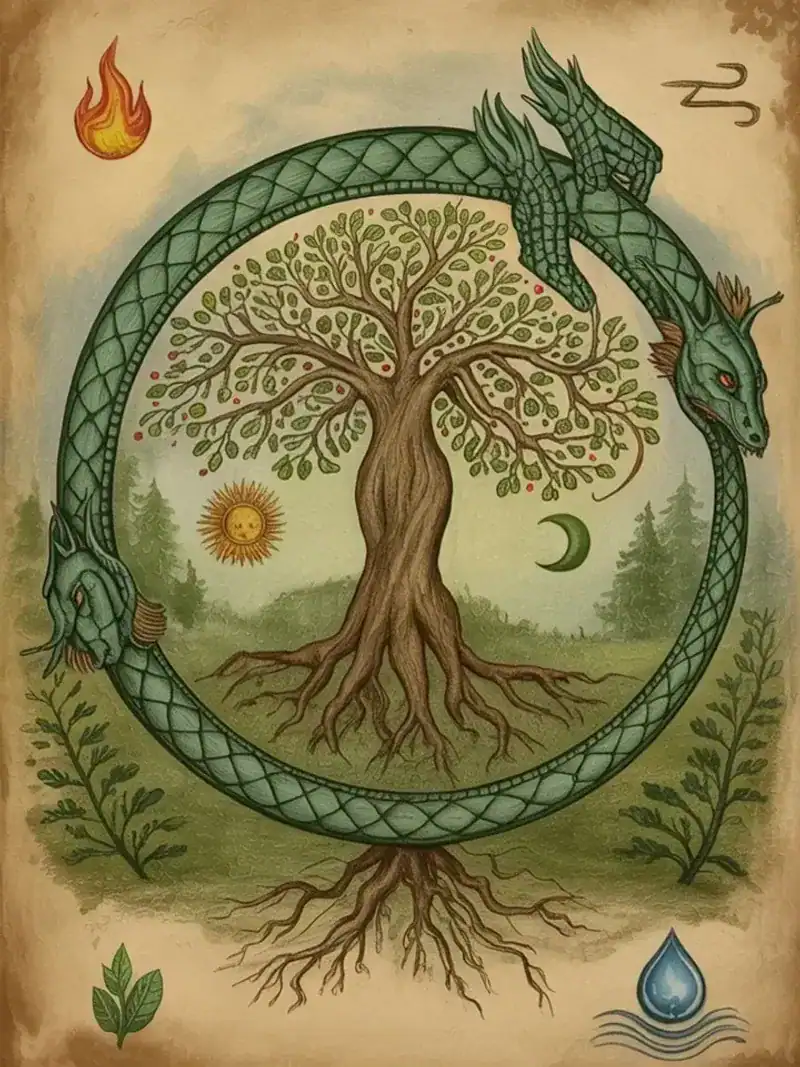Halloween isn’t just about candy and costumes. Long before jack-o’-lanterns lit up porches, ancient people believed this time of year opened doorways between our world and the spirit realm.
Their old beliefs about death, magic, and the unseen still shape the spooky traditions we love today.
The Veil Between Worlds Grows Thin
Old European cultures imagined an invisible curtain separating our world from the spirit realm. During late autumn, this barrier weakened, allowing supernatural beings to cross over. Ghosts, fairies, and stranger things could walk among the living for one dangerous night.
This belief wasn’t just superstition to ancient people—it shaped their entire worldview. They understood death differently than we do, seeing it as a doorway rather than an ending. The thinning veil explained why animals acted strangely and why shadows seemed longer during this season.
Ancestor Worship and the Honored Dead
Many ancient faiths taught that deceased relatives remained connected to living families. Grandparents who passed away still cared about their grandchildren’s welfare from beyond. Communities held feasts where they set extra plates for invisible guests, inviting beloved dead to join celebrations.
This wasn’t creepy to them—it brought comfort. Death didn’t sever family bonds in their cosmology. Halloween’s connection to cemeteries and remembering the dead echoes these older practices of honoring those who came before us with respect and love.
Samhain: The Celtic Festival of Endings
Ancient Celts marked October 31st as Samhain, when summer died and winter’s darkness began. Farmers brought in their final harvests while priests lit sacred bonfires on hilltops. People believed the boundary between living and dead grew thin as paper during this twilight time.
Families left food outside their doors for wandering spirits of ancestors. They wore animal skins and masks to confuse any harmful ghosts who might recognize them. These protective disguises became the very first Halloween costumes, born from genuine fear rather than fun.
Shape-Shifting and Sacred Disguises
Pre-Christian Europeans believed certain individuals could transform into animals through magic. Shamans and wise women supposedly wore wolf skins or bird feathers to gain supernatural abilities. During Samhain, ordinary people copied this practice for protection rather than power.
Dressing as something else confused evil spirits who hunted specific people. A farmer in a goat mask became unrecognizable to vengeful ghosts. This serious survival strategy gradually transformed into playful costume parties, though the original shape-shifting magic lingers in Halloween’s DNA.
Divination and Seeing the Future
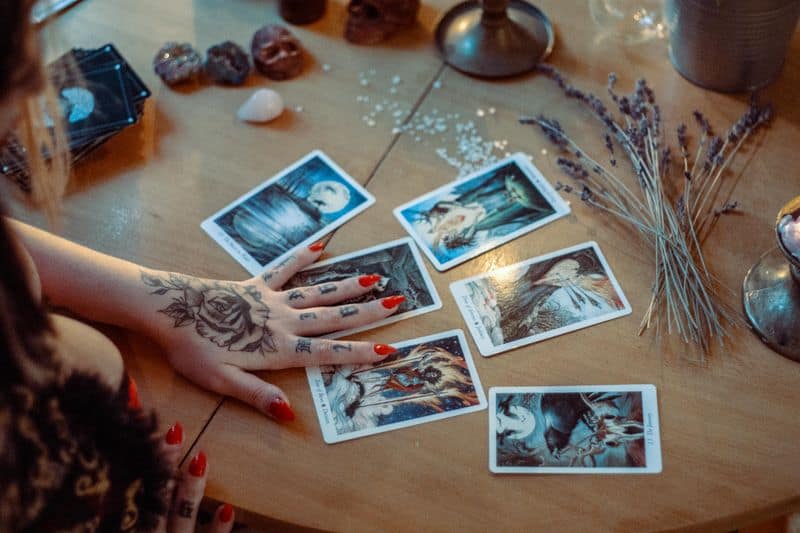
When the spirit world drew close, ancient people believed they could glimpse future events. Young women performed mirror rituals hoping to see their future husbands’ faces. Farmers cracked nuts or poured molten lead into water, reading shapes to predict next year’s fortune.
These weren’t party games but serious attempts to gain hidden knowledge. The thinning veil made prophecy possible, or so they thought. Halloween’s association with fortune-telling, tarot cards, and mysterious predictions comes directly from these old divination customs practiced on Samhain night.
Offerings to Appease the Spirits
Leaving treats outside wasn’t optional in ancient times—it was insurance. Families placed bowls of milk, fresh bread, or harvested apples near doorways to satisfy roaming spirits. Fed ghosts would pass by peacefully; hungry ones might curse your household or ruin crops.
Some offerings went to fairy folk, who were considered dangerous rather than cute. These supernatural beings demanded respect and payment for crossing their lands. Today’s trick-or-treating directly descends from this ancient practice of giving food to avoid supernatural trouble.
Death as Transformation, Not Ending
Pre-Christian faiths rarely viewed death as final extinction. Instead, they saw it as changing form—like caterpillars becoming butterflies or seeds transforming into plants. The soul continued its journey, perhaps reborn or dwelling in otherworldly realms.
This cyclical worldview made death less terrifying and more natural. Samhain celebrated this transformation when nature itself seemed to die before winter’s arrival. Halloween’s embrace of skulls, skeletons, and mortality reflects this older, less fearful relationship with death’s inevitable transformation.
